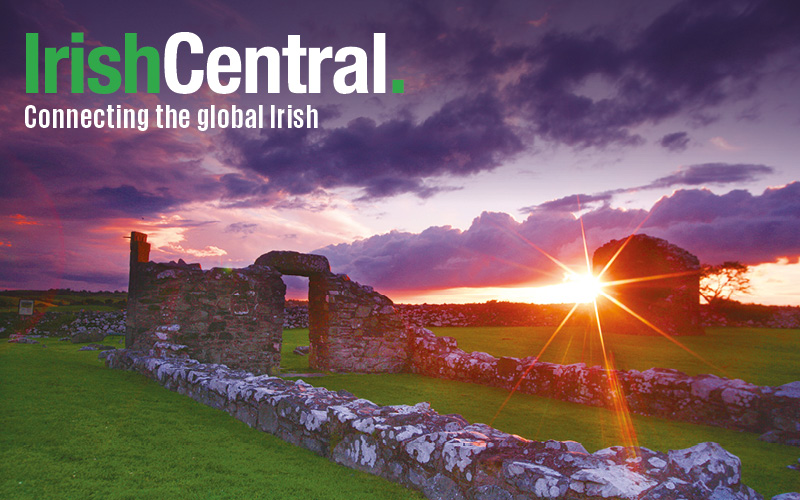Detroit, Michigan is a city with a lot of history – from its early days as a French settlement, to the birth of the American auto industry and Ford Motor Company, to blues, jazz, Motown and rock and roll.
But it may come as a surprise that Detroit’s oldest surviving neighborhood has a very Irish name, and a very Irish history.
Corktown, which lies to the west of Detroit’s downtown area, was first settled by Irish immigrants in the 1830s. According to the Detroit Historical Society, “Irish immigrants with enough money to take them beyond the crowded boroughs of New York City and Boston established the neighborhood in the 1830s. They built detached homes and rowhouses in the Federal style, a reflection of the architectural fashion of the time.” Many of them came from County Cork in Ireland, and the name traveled with them.
As was the case with so many other Irish communities in the US, Corktown saw a massive influx of Irish during the years of Ireland’s Great Starvation. By the mid-1850s, the Irish made up more than half of Detroit’s 8th Ward (which included Corktown) and were one of the largest ethnic groups settling in the city.
As Detroit began booming as an industrial center and the Irish became more established and affluent, they dispersed throughout the city. The borders of Corktown gradually drew inward, but history has recorded what they once were. As noted in the blog Corktown History,
“On September 4, 1947, the The Detroit News published a question from a reader identified only as "F.R.", who wrote:
‘Ever since coming to Detroit people have been telling me of a neighborhood called Corktown. Could you give me some information about it? What were its boundaries? Did many prominent people come from there?’
The editor replied:
‘Detroit's Corktown had its origin in the disasterous [sic] potato famine in Ireland (1845-47), which forced much of the population to emigrate. Many of them found their way to Detroit and settled in the parish of the Holy Trinity Catholic Church, whose boundaries are considered to coincide with those of Corktown: Third avenue to the east, Grand River avenue and Ash avenue on the north, National avenue [now Cochrane Street] and Eleventh street to the west, and the Detroit River on the south. Within this area were some 1,000 Irish families, together with a few Scotch and German families. In 1938 George W. Stark wrote, "The old neighborhood's ancient glory was fast fading. The shady old streets had lost character. Famous families had moved away. Just the ghost of a tradition was left..." Promiment Corktownians include Gene Buck (song writer), Judge John J. Scallan, the Daniel J. Crowley family, Dinan brothers, and many others.’”
German families began moving to the area around the time of the American Civil War, and Corktown became home to Maltese and Mexican emigrants in the early 1900s. Corktown’s area was reduced by urban development throughout the 1900s, but the remaining residential area was added to the National Register of Historic places in 1978, securing its place in history and its continued survival.
Nowadays, Corktown pays tribute to its Irish roots every St. Patrick’s Day with the Corktown Races, founded in 1989 by Fraternal Order of Unitied Irishmen and the Motor City Striders, which raise funds for the Saint Patrick’s Senior Center. The races are one of the largest 5 km events in all of Michigan.
If you live in or know of a city, town, or even a street with a distinctly Irish name and history, let us know in the comment section! There’s so much Irish influence to be explored.




Comments